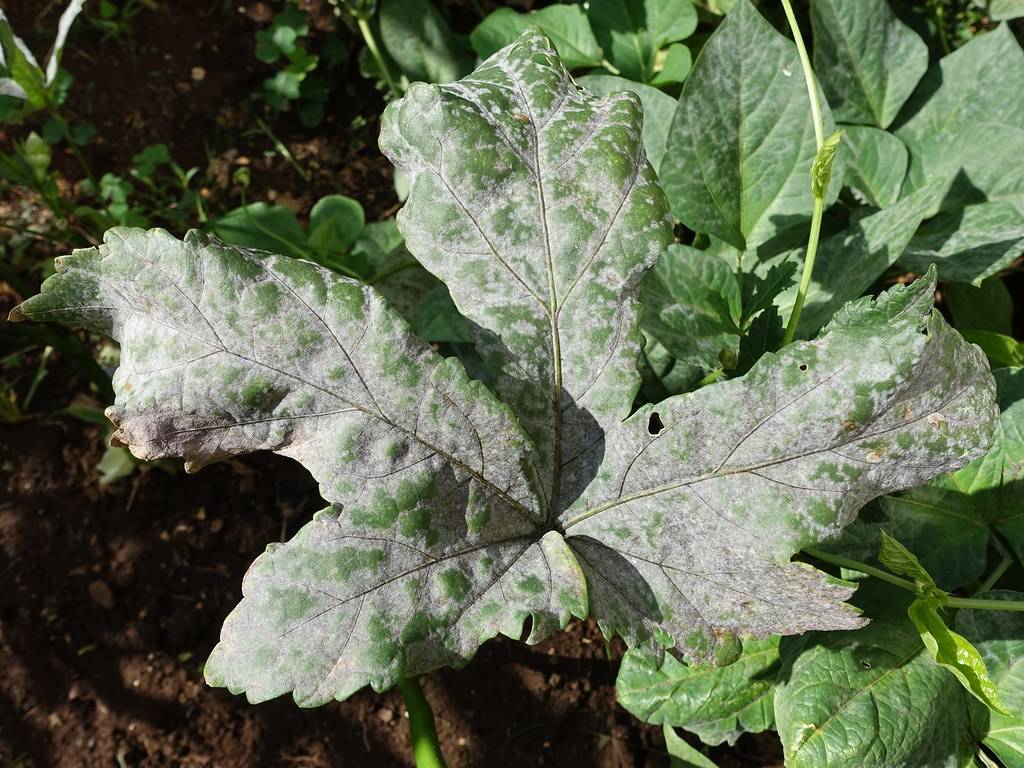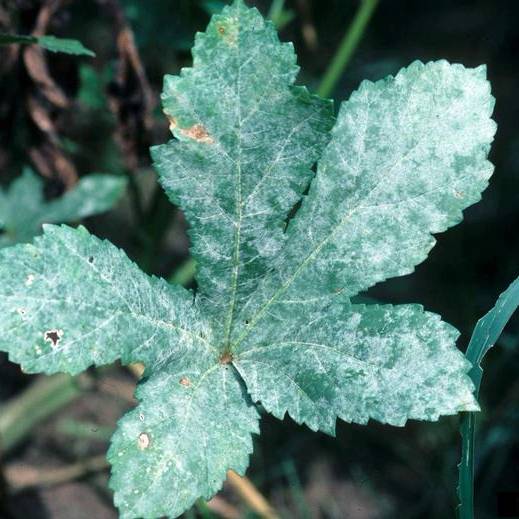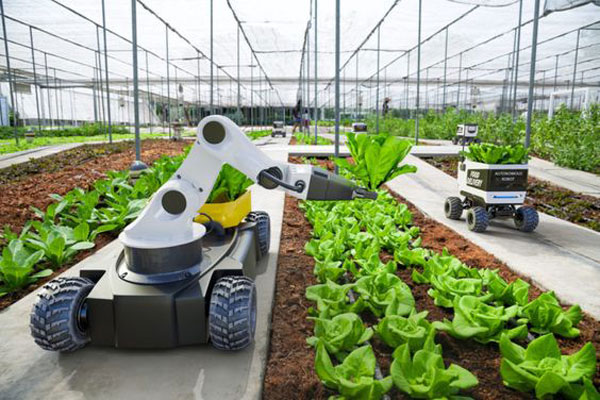Powdery mildew is a common fungal disease in okra (Abelmoschus esculentus), especially during warm and humid weather. It can severely affect plant health and yield. Below is a concise overview of the disease's symptoms, contributing factors, and management strategies.
Key Facts and Disease Spread
Fungal Reproduction:
- The powdery mildew fungus can produce over 2 million microscopic spores (conidia) per square inch of leaf surface in 7–10 days during favorable conditions.
- These spores are carried over long distances by wind in moist air or disseminated locally by thrips, insects, and farm equipment.
Environmental Conditions for Infection:
- Optimal Temperature: ~27°C (81°F).
- Temperature Range: 10°C–32°C (50°F–90°F).
- Humidity: Infection occurs at a relative humidity as low as 46%, increasing with higher humidity levels (up to 90%), but does not occur on wet leaf surfaces.
Incubation Period:
- Symptoms appear 3–7 days after infection, depending on environmental conditions.
Symptoms
Leaf Appearance:
- White, powdery fungal growth on leaf surfaces.
- Affected leaves may yellow, wither, and die prematurely.
Plant Health:
- Severe infections lead to reduced photosynthesis, stunted growth, and lower yields.
Management Strategies
Cultural Practices:
- Maintain good air circulation by proper plant spacing.
- Remove and destroy infected leaves to reduce inoculum.
Environmental Control:
- Avoid overhead irrigation to minimize favorable conditions for the fungus
Key Takeaway: Powdery mildew in okra thrives under specific environmental conditions. Effective management involves timely fungicide application, cultural practices, and pest control to limit the disease's impact and ensure healthy crop yields.










